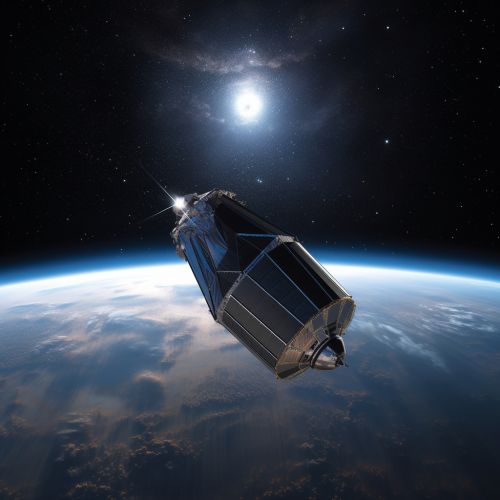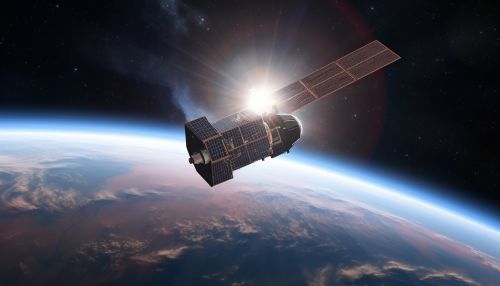Planck (spacecraft)
Introduction
The Planck was a space observatory operated by the European Space Agency (ESA) and was designed to observe the cosmic microwave background (CMB) and other cosmic phenomena. Named after the German physicist Max Planck, the spacecraft was launched in 2009 and operated until 2013. It was a crucial mission in the field of cosmic microwave background studies, providing the most accurate measurements of the CMB to date.


Mission Objectives
The primary objective of the Planck mission was to study the cosmic microwave background radiation, the residual heat from the Big Bang. This radiation provides a snapshot of the universe at a very early stage, about 380,000 years after the Big Bang. By studying the CMB, scientists hoped to gain insights into the early universe and the processes that led to the formation of galaxies and large-scale structures in the universe.
Design and Instruments
The Planck spacecraft was equipped with two main instruments: the Low Frequency Instrument (LFI) and the High Frequency Instrument (HFI). The LFI operated in the 30-70 GHz range, while the HFI covered the 100-857 GHz range. These instruments allowed Planck to measure the intensity and polarization of the CMB with unprecedented precision.
Launch and Operations
Planck was launched on 14 May 2009, along with the Herschel Space Observatory, aboard an Ariane 5 rocket from the Guiana Space Centre in French Guiana. The spacecraft was placed in a Lissajous orbit around the second Lagrange point (L2), about 1.5 million kilometers from Earth.
Scientific Discoveries
During its mission, Planck made several significant discoveries and contributions to cosmology. It provided the most accurate measurements of the CMB to date, significantly improving our understanding of the early universe. Planck's data also allowed scientists to refine estimates of the universe's age, composition, and rate of expansion.
End of Mission and Legacy
The Planck mission officially ended on 23 October 2013, when the spacecraft was commanded to exhaust its remaining fuel and was put into a safe configuration. Despite the end of its operational life, the data collected by Planck continues to be analyzed and will likely continue to provide valuable insights into the universe for many years to come.
